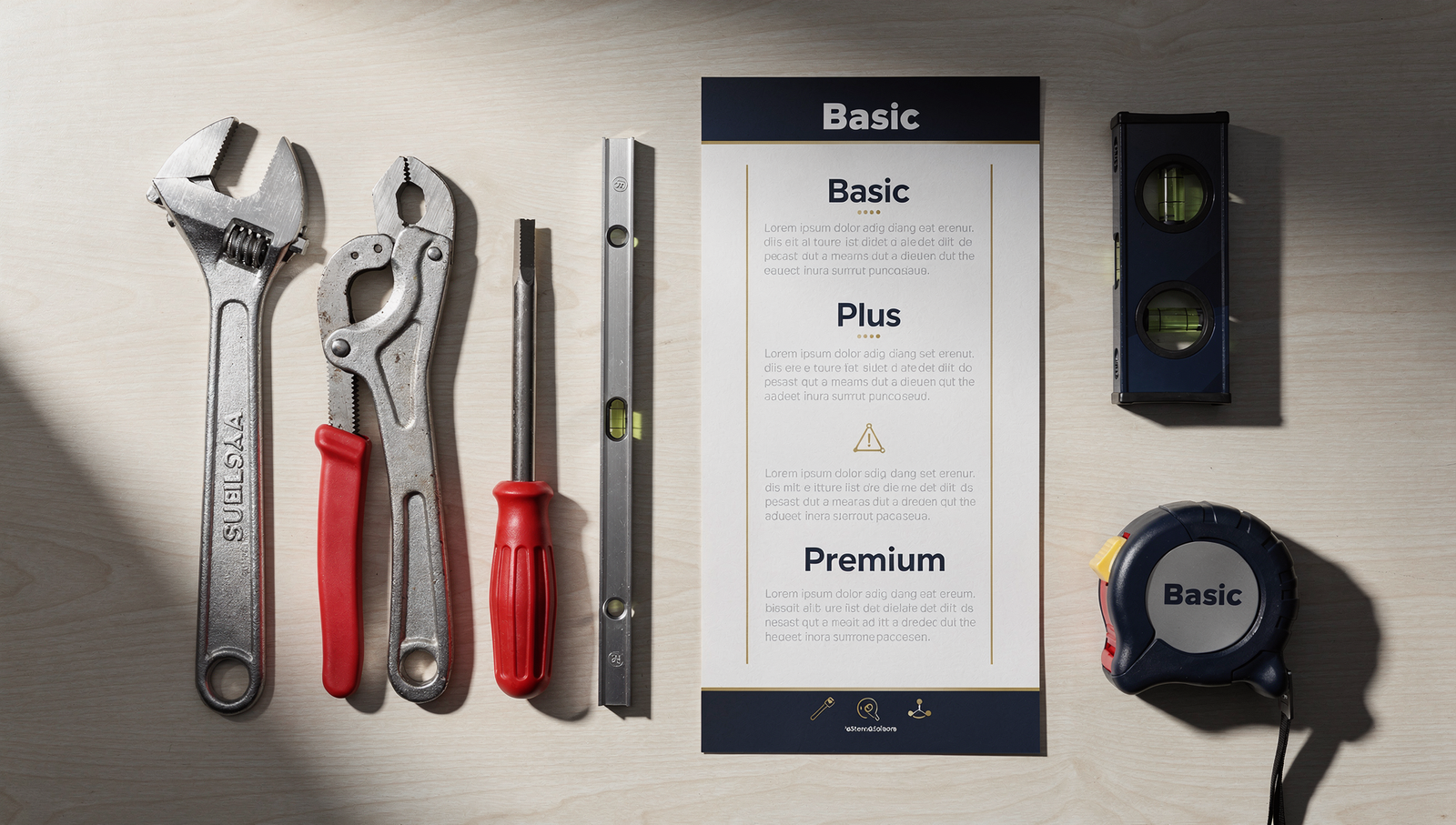How to Run Comps in Real Estate: A Guide Realtors Can Use to Accurately Price Properties
Pricing a property correctly can make or break a deal. If you price too high, the listing might sit for months without offers. If you price too low, your client loses money. Learning how to run comps in real estate is one of the most important skills a realtor can master. Comps, or comparable sales, provide the foundation for setting a price that is both competitive and realistic.
In this guide, we’ll break down the step-by-step process of running comps, share practical examples, and highlight tools that make your job easier.
Why Learning How to Run Comps in Real Estate is Essential
Comps aren’t just numbers on a page. They are the pulse of the market. By analyzing recent sales of similar homes, you can:
Set a listing price that attracts buyers while protecting your client’s equity
Help buyers make strong, competitive offers
Build credibility as a knowledgeable market expert
Gain confidence when negotiating with other agents
According to Zillow, homes priced correctly from day one sell 57% faster than homes that require a price reduction later.
What Are Real Estate Comps?
“Comps” is short for comparable sales. These are recently sold homes that are similar to the property you’re pricing in terms of:
Location
Square footage
Bedrooms and bathrooms
Lot size
Age and condition
Style and features
The key is finding homes that truly mirror the subject property so your pricing recommendation is grounded in reality.
Step-by-Step Guide: How to Run Comps in Real Estate
Step 1: Define the Subject Property
Before searching, clearly outline your property details:
Location and neighborhood
Square footage
Number of bedrooms and bathrooms
Lot size and unique features (pool, finished basement, upgraded kitchen)
Having this baseline ensures you know what to compare.
Step 2: Set Your Search Parameters
Use your MLS or a trusted tool. Most agents search within:
Location radius: Ideally within the same subdivision or within a mile
Timeframe: Sales in the past 3 to 6 months
Size range: About 10 to 20% smaller or larger than your subject property
Step 3: Narrow Down to True Comparables
Not every sale that shows up in your search is a valid comp. Eliminate:
Distressed sales or foreclosures that sold far under market value
Homes in inferior or superior school districts
Properties with unusual circumstances like seller concessions that heavily impacted price
Step 4: Analyze Price Per Square Foot
Calculate the average price per square foot for your comps. Then multiply that number by your subject property’s square footage. This creates a baseline pricing range.
Step 5: Adjust for Key Differences
No two properties are identical. Adjust prices up or down for features such as:
Finished basement (+)
Outdated kitchen (-)
Larger lot size (+)
Busy street location (-)
Adjustments keep the comparison realistic.

Step 6: Determine the Price Range
After making adjustments, you’ll have a range rather than a single number. For example:
-
Low end: $435,000
-
High end: $460,000
-
Recommended list price: $449,900
This approach provides flexibility while still keeping the property competitive.
Step 7: Present Findings to Your Client
Show your client the comps, explain your adjustments, and walk them through why you recommend a certain price. Transparency builds trust and reduces pushback.
Real-World Scenario
Imagine you are listing a 2,000-square-foot home in a suburban neighborhood. You find three comps:
-
1,950 sq. ft. sold for $440,000 with an updated kitchen
-
2,100 sq. ft. sold for $455,000 but on a busy road
-
2,050 sq. ft. sold for $462,000 with a finished basement
After adjustments, you recommend $449,000. Your client agrees, and the property sells in 12 days with two offers above asking. That’s the power of accurate comps.
Tools Realtors Can Use to Run Comps
-
MLS: The gold standard for accuracy
-
Zillow and Redfin: Useful for quick checks but less precise
-
Realtor CRMs: Some CRMs integrate market data for easier analysis. See our guide on the Top 5 Best CRMs for Realtors
-
Home value tools: Great for quick estimates and lead capture, as explained in How to Capture Seller Leads with a Home Value Tool: The Ultimate Guide for 2025
Common Mistakes Realtors Make When Running Comps
-
Using outdated sales beyond six months
-
Ignoring location differences like school districts or busy roads
-
Failing to adjust for condition upgrades or needed repairs
-
Over-relying on automated tools without human analysis
Marketing Tip: Share Your Comps Expertise Online
Running comps isn’t just for private client meetings. You can:
-
Post market updates on your blog
-
Create quick social media videos explaining neighborhood trends
-
Offer free CMA reports on your website
This positions you as the market expert in your area. For content ideas, check out Real Estate Blog Post Ideas.
The Connection Between Comps and Online Strategy
Your ability to run comps accurately is tied directly to how you present yourself online. Clients look for realtors who are data-driven and transparent. That’s why your website should highlight tools and knowledge that prove your expertise. At Digital Dream Homes, we integrate IDX feeds, home value calculators, and SEO strategies so your site attracts clients who are actively searching for answers. See our post on Best Free Tools for Realtors and Facebook Ads vs Google Ads for Realtors to explore more ways to strengthen your presence.
Bringing It All Together
Learning how to run comps in real estate is a skill that builds trust, attracts referrals, and ensures your listings move quickly. When you combine comps expertise with a strong digital presence, you create the perfect recipe for long-term success.
At Digital Dream Homes, we design luxury realtor websites that showcase your expertise and include the tools needed to educate and convert clients. Book a free consultation today to see how we can help you stand out in your market.
Matt Pieczarka
Want a Free Website Audit?
Fill out your information below and we will send you a personal screen share video of tips on how to make your actual website better!
See How Many Closings You're Losing to Zillow!
Click Here to Use our Calculator to See How Many Clients Zillow is Taking From You Per Year!
7 Storytelling Plays That Turn Plumbing Websites Into Lead Machines
7 Storytelling Plays That Turn Plumbing Websites Into Lead Machines Facebook X LinkedIn Threads Email The tricks learned in this video and blog post have gotten one of our clients
9 Plumbing Company Branding Strategies That Get More Calls
9 Plumbing Company Branding Strategies That Get More Calls Facebook X LinkedIn Threads Email The tricks learned in this video and blog post will help you get your brand to as many
7 Plumbing Membership Plans Benefits That Boost Profit
7 Plumbing Membership Plans Benefits That Boost Profit Facebook X LinkedIn Threads Email The tricks learned in this blog post have increased recurring revenue for one of our plumbi
7 Plumbing Services Pricing Tiers That Sell Like Crazy
7 Plumbing Services Pricing Tiers That Sell Like Crazy Facebook X LinkedIn Threads Email The tricks learned in this video and blog post have gotten one of our clients an average of
7 Plumbing Service Pricing Strategies To Boost Profit
7 Plumbing Service Pricing Strategies To Boost Profit Facebook X LinkedIn Threads Email The tricks learned in this video and blog post have gotten one of our clients an average of
7 Plumbing Maintenance Agreement Strategies That Drive Revenue
7 Plumbing Maintenance Agreement Strategies That Drive Revenue Facebook X LinkedIn Threads Email Most plumbers leave recurring revenue on the table. These maintenance agreement str
AI Tools for Plumbing Businesses That Book Jobs 24/7
AI Tools for Plumbing Businesses That Book Jobs 24/7 Facebook X LinkedIn Threads Email The AI tricks learned in this blog post have gotten one of our plumber clients an average of
Hiring Plumbers And Onboarding Program For Rockstar Crew Growth
Hiring Plumbers And Onboarding Program For Rockstar Crew Growth Facebook X LinkedIn Threads Email The strategies in this blog post helped one of our plumbing clients cut onboarding
7 SMART Goals For Plumbing Growth In 90 Days
7 SMART Goals For Plumbing Growth In 90 Days Facebook X LinkedIn Threads Email The strategies in this blog post helped one of our clients get organized and grow his plumbing busine









